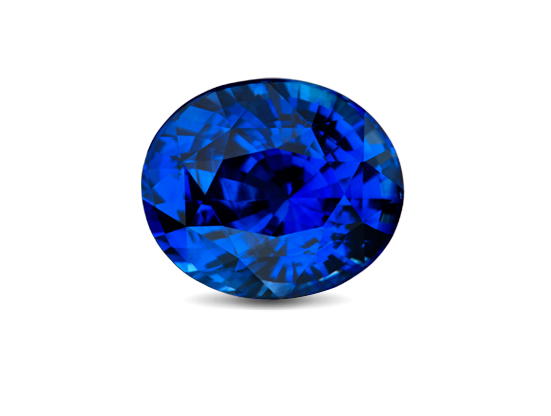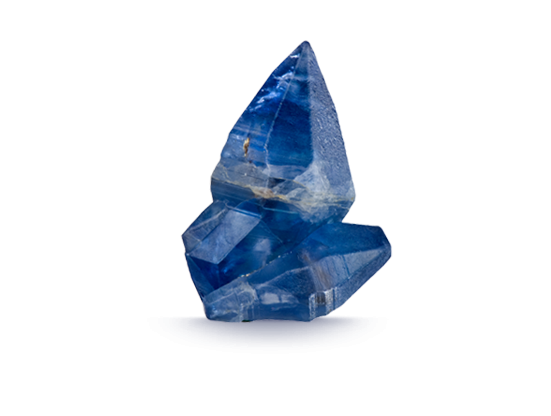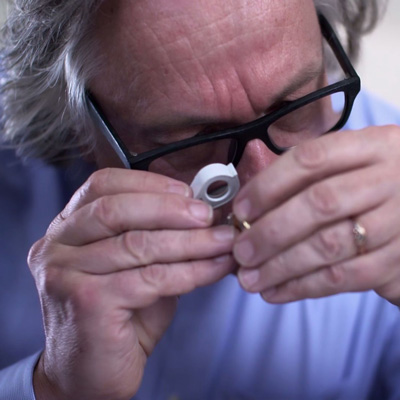
26 Sep Quality Factors of Sapphire
There are 4 factors that influence the quality of a Sapphire: Colour, Clarity, Cut and Carat Weight. Understanding these factors and working with your trustworthy jeweller to ensure that your purchase is the right gem for you.
In our last blog we spoke about Sapphire, why we love them and why you should too. A great gift for birthdays, anniversaries, or simply “just because”. It’s the traditional anniversary gift for a 45th wedding anniversary.
Colour
Sapphires are found in a wide range of colours. Each colour containing its own quality variations from intense to muted. The more intense the colour and most sweeping in its hue, without colour zones, the more valuable the stone it.
Because Sapphires have such a wide range of colours, it is the most important factor in the sapphire’s value. The most highly valued are blue sapphires that have a velvety blue to violet blue colour in medium to medium-dark tones.

The saturation of the colour should be as strong as possible without compromising brightness of the gemstone.
Clarity
Natural Sapphires can indeed have inclusions, but typically have better clarity than rubies. In case you didn’t know Rubies are Sapphires come from the same mineral Corundum but due do different trace elements -chromium for ruby, titanium, and iron for Sapphire- appear different colours. Blue sapphires with very high clarity are rare and the most valuable.
There are several types of inclusions found in sapphires. “Needles” are long thin mineral inclusions found in most sapphires. “Silk” inclusions are fine “needle” inclusions which occur in intersecting groups and are found in the mineral rutile. Other clarity characteristics are referred to as mineral crystals such as zircon halos, partially healed fractures or feathers that look like fingerprints, colour zoning and/or colour banding. Most of these need x10 magnification to see clearly but still affect the price of the gemstone.
Cut
The shape of the sapphire crystal before being cut is the primary influence of the finished stones shape and size. Rough sapphire is often formed in a barrel or spindle-shaped hexagonal pyramid.
To preserve the most weight possible from the rough crystal, cutters focus on specific factors to maintain the best overall colour and proportions. Factors like colour zoning- the areas of different colours in a stone, pleochroism – different colours in different crystal directions, and the lightness or darkness of a stone are each considered before cutting the stone.
Pictured below is an exceptional quality rough sapphire crystal.

Carat Weight
Most of the commercial-quality blue sapphires weigh less than 5.00 carats- however, blue sapphires can range in size anywhere from a few points to hundreds of carats and large blue sapphires are more readily available than large rubies.
Large commercial-quality blue sapphires are more common than large fine-quality ones. As a result, size makes more of a difference in the price of fine-quality sapphire. A fine-quality 5.00 carat blue sapphire sells for approximately five times more per carat than the same-quality 1.00 carat stone.
If you have any more questions about Sapphire or any other gemstone for that matter contact us via Facebook, Instagram or our website




